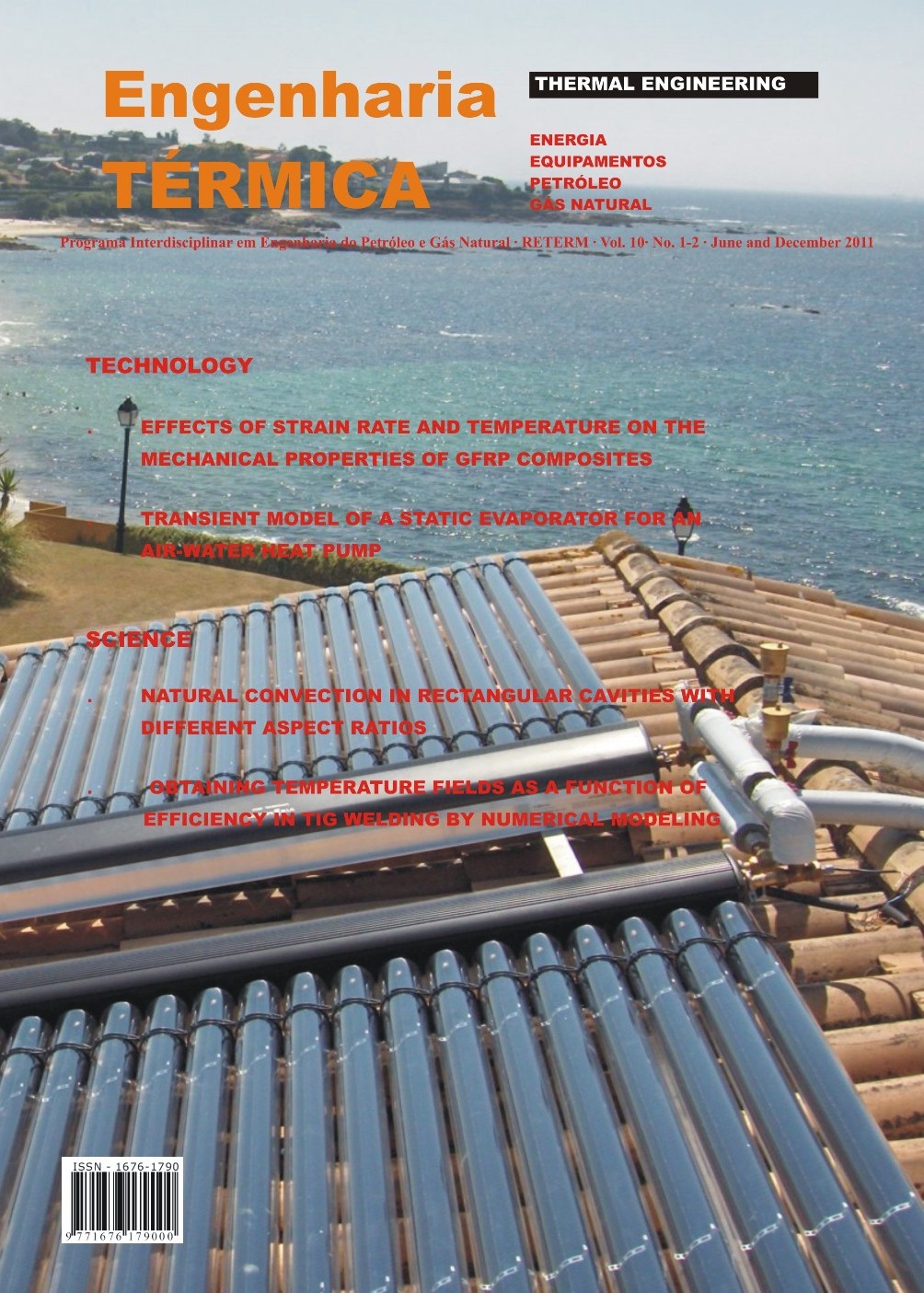INFLUENCE OF THE MODEL SIZE IN THE NUMERICAL DETERMINATION OF THE AVERAGE THERMAL STRESSES IN AN MMC COMPOSITE
DOI:
https://doi.org/10.5380/reterm.v10i1-2.61947Keywords:
composite, metallic matrix particles, thermal stressesAbstract
In previous works the authors discussed some issues related to a specific metallic matrix composites (MMC), the Aluminum matrix reinforced with SiC particles (Al+SiC) which has a metal matrix (powder) mixed with ceramic particles. These materials have some advantages when used as a structural material such as their high strength and good conformability. Their properties depend, among others, on the volumetric ratio, the particles size and distribution besides the matrix microstructure itself. Some of them are obtained at elevated temperature what produces a thermal stress state in the material. The Al+SiC is one of the later. The powder mix is extruded at 600oC and it is used at 20oC. Several numerical analyses were performed considering the random distribution of the particles and a non-linear behavior in the aluminum matrix. The results showed strong influence of the aluminum elastic-plastic behavior in the composite thermal stress distribution due to its manufacturing process. However, one issue remained: the size of the model. It represents the central portion of a Al+SiC bar which is only about 10 times the size of a single particle (~10L). The present work investigates, always numerically, the influence of the model size on the thermal stress distribution. It considers 2 sets of non-linear analyses with random distributed particles: one with 20 models with size of 20L each one, the other set with another 20 models with size 40L. This approach allows a view of the results tendency compared with the 10L ones. As done before, the modeled volumetric ratio has a very tight range of values with its average very near to the value in an actual Al+SiC composite. It is showed that the first model size was already enough to get good results without sacrificing neither the computer nor the analyst time.
Downloads
Published
How to Cite
Issue
Section
License
Direitos Autorais para artigos publicados nesta revista são do autor, com direitos de primeira publicação para a revista. Em virtude da aparecerem nesta revista de acesso público, os artigos são de uso gratuito, com atribuições próprias, em aplicações educacionais e não-comerciais.



